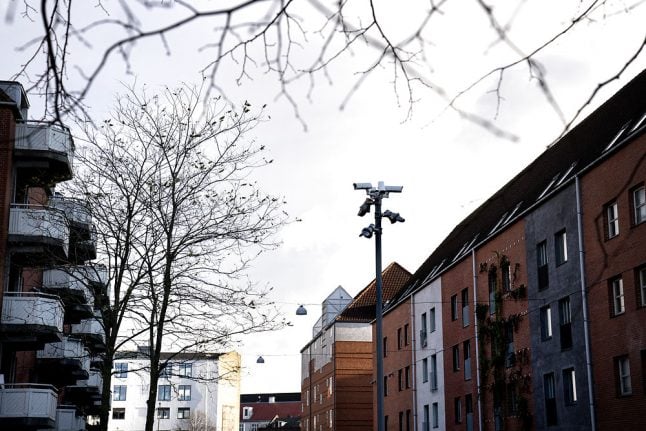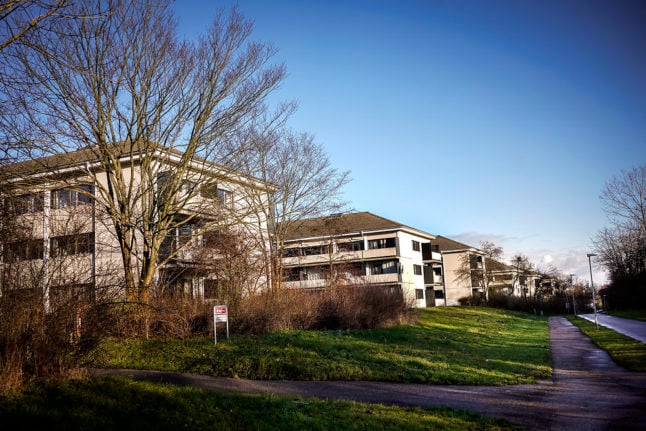The impending sale was confirmed in a statement by Bo-Vita, the company that runs Mjølnerparken’s subsidized housing.
Sale of homes and accompanying relocation of residents at Mjølnerparken will take place in line with the 2018 ‘ghetto plan’, a legacy of the previous government’s efforts to tackle social issues in underprivileged areas. The area, located within the Nørrebro area of Copenhagen, is regularly cited in public discourse about so-termed ‘ghettos’ in Denmark.
READ ALSO:
- Map: These are the areas Denmark calls 'ghettos'
- Danish parliament passes contentious 'ghetto plan'
- Denmark's 'ghetto plan' unlikely to solve problems faced by underprivileged areas: residents
- Why hundreds of families are to be moved out of Aarhus suburb
“Mjølnerparken will now be removed from the ghetto list must once and for all. We have made social plans for Mjølnerparken residents for 14 years and we must conclude that we have not reached our goal. We need to re-think,” writes Bo-Vita chairperson Jan Hyttel said in the statement.
Bo-Vita administrates around 500 homes in the neighbourhood, writes that the sale is in conjunction with a planned major renovation. Three potential buyers have been identified with a sale expected to be completed in March.
“We will under no circumstances sell Mjølnerparken to one of these ‘buy it, fix it, sell it’ investors which politicians have recently have vented their anger,” Hyttel said in the statement.
READ ALSO: Explained: Who are Blackstone and what do they want with Denmark's rental properties?
“We are only interested in an investor who has a long-term interest in the area,” he added.
The proceeds from the sale, the purpose of which is to remove Mjølnerparken from the government’s ‘ghetto list’, will partly be used to relocate residents who will be forced to move as a result of the sale. Money will also be spent on the construction of new subsidized housing elsewhere in the city.
“As such, we can guarantee that Bo-Vita will have the same number of subsidized family homes after the sale as it does today,” Hyttel writes.
Relocation of residents is not scheduled to commence until 2022.
Mohammad Aslam, chairman of Mjølnerparken’s residents’ association, told broadcaster DR that he would have preferred to have seen the homes converted into student housing in line with organic relocation of the existing occupants.
“Many of the people who are now being forced away have lived here for many years. Their children were born and raised here, their network is here. Many of them are very afraid and nervous about where they will end up now. What the rent will be. And whether they will prosper in a new area,” Aslam told DR.
Hyttel told the broadcaster that it was regrettable to have to relocate residents out of the area, but that this was a “compulsory assignmnent” required to ensure Mjølnerparken’s removal from the ‘ghetto list’.



 Please whitelist us to continue reading.
Please whitelist us to continue reading.
Member comments